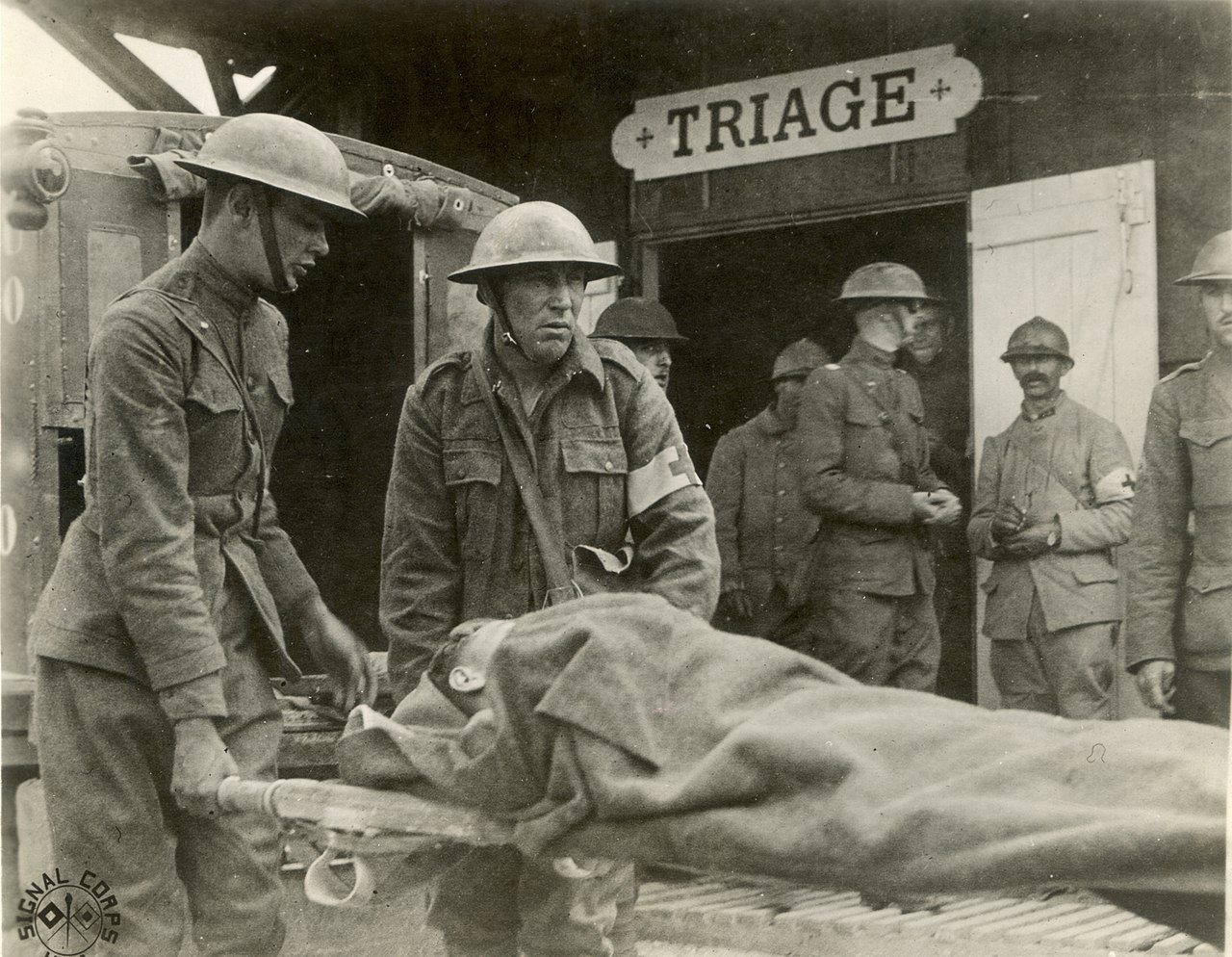4 January 2023
A bagel is a toroidal bread roll that is boiled and then baked, giving it a dense consistency. It is traditionally associated with Jewish cuisine. The word is recorded in Yiddish as early as 1610, but the roll is undoubtedly older. The first syllable comes from a common Germanic root referring to things that are curved or bent.
We see a form of the word bagel appear in an English text in Israel Zangwill’s 1892 Children of the Ghetto, but Zangwill presents the Yiddish word rather than an Anglicized one:
So Moses went away and bought dinner, treating his family to some beuglich, or circular twisted rolls, in his joy.
The Oxford English Dictionary has an Anglicized use from the 27 July 1898 New York Commercial Advertiser:
The feast to-night before commencing the fast will consist of beigel, hard-boiled eggs besprinkled with ashes and milk.
The earliest use of the Anglicized word that I can independently verify is in a 1912 translation of Israel Joseph Zevin’s (a.k.a. Tashrak) short story The Hole in a Beigel:
When I was a little Cheder-boy, my Rebbe, Bunem-Briene-Gite’s, a learned man, who was always tormenting me with Talmudical questions and with riddles, once asked me, “What becomes of the hole in a Beigel, when one has eaten the Beigel?”
The bagel spelling is in place by the 1940s. Here’s an example from the 14 August 1946 issue of Variety. It’s in a sports gossip column that makes reference to New York restauranteur Leo “Lindy” Lindemann, who operated several delicatessen and restaurant chains in New York City:
Leo Lindy is something of an athlete too. He walks. And he walks. Like he talks. And he talks. Starting from his bagel shop he has hoofed it to the Bronx. What he never tells, though, is how he gets back. Nor does anyone ever ask. The reason is that just thinking about his jaunts exhausts his audience.
Bagel has also entered sports slang for a score of zero, on account of the shape of the bread. It appears first in the world of tennis, where it was popularized by tennis player Eddie Dibbs, who along with his doubles partner Harold Solomon were known as the Bagel Twins. From the Los Angeles Times of 20 September 1974:
They call them the Bagel Twins. Partly because they’re Jewish. Mostly because they’re inseparable on the tennis court. And off.
[...]
The Bagel Twins. "I was the one who originally made it up,” Dibbs said. “You see, when you get beat six games to love, it’s called ‘The Bagel.’ Simple logic. A bagel has a hole. Zero. It used to happen to me a lot, so I called myself The Bagel Kid. The Bagel Twins was a natural.”
The story that the bagel was created by a Jewish, Viennese baker in 1683 to commemorate King John III Sobieski of Poland’s defeat of the Turks is false. The tale has it that the bread was made in the shape of a stirrup (Steigbügel or Bügel in German), but the word existed in Yiddish decades before this event.
Sources:
Green, Ted. “Bagel Twins: Court Jesters of Pro Tennis.” Los Angeles Times, 20 September 1974, D1. ProQuest Historical Newspapers.
Oxford English Dictionary, third edition, December 2019, s.v. bagel, n.
“Sports Shorts.” Variety, 14 August 1946, 2. ProQuest Variety Archive.
Tashrak (pseudonym of Israel Joseph Zevin). “The Hole in a Beigel.” In Helena Frank, trans. Yiddish Tales. Philadelphia: The Jewish Publication Society, 1912, 309. HathiTrust Digital Archive.
Zangwill, Israel. Children of the Ghetto, vol. 1 of 2. Philadelphia: Jewish Publication Society, 1892, 83. HathiTrust Digital Archive.
Image credit: Helen Cook, 2007. Wikimedia Commons. Licensed under a Creative Commons Attribution-Share Alike 2.0 Generic license.





